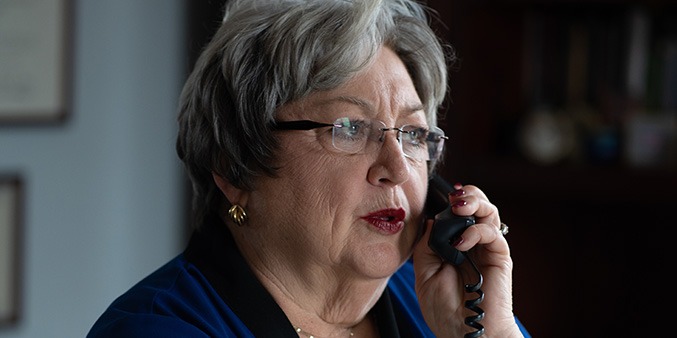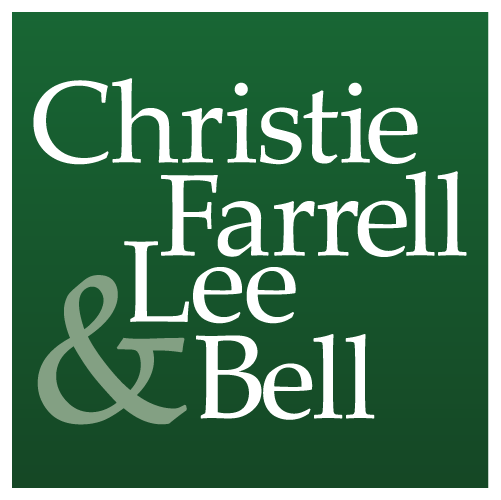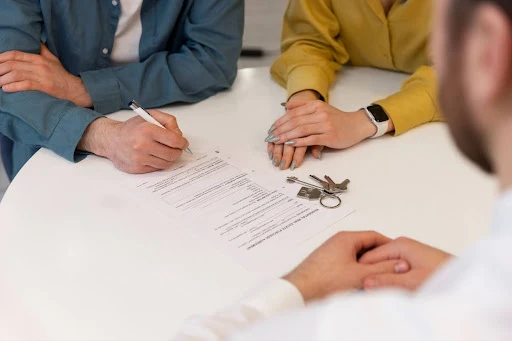Indianapolis Head-On Collision Lawyer
Helping people is our priority



Since 1993

When two vehicles traveling in opposite directions collide, the impact force can be catastrophic, leading to severe injuries and substantial expenses for those involved. In these cases, seeking help from an Indianapolis head-on collision lawyer will enhance your chances of securing rightful compensation and hold the responsible parties accountable.
The lawyers at Christie Farrell Lee & Bell have over 40 years of experience helping injured individuals navigate Indiana’s legal system. After a head-on collision, we can protect your rights and ensure justice is served.
What is a Head-On Collision?
A head-on collision happens when the front ends of two vehicles traveling in opposite directions collide. These crashes often cause severe injuries like brain trauma, spinal damage, and fractures. If negligence causes the accident, victims can pursue legal action to recover associated costs.
Speak with a personal injury lawyer today. Call: 317-488-5500
How an Indianapolis Head-On Collision Lawyer Can Help
After a head-on collision, having a skilled Indianapolis car accident lawyer by your side ensures your claim is effectively handled. At Christie Farrell Lee & Bell, we will:
- Investigate the cause of the accident: A lawyer from our team will gather evidence, review police reports, and work with accident reconstruction experts to establish fault. The approach will vary depending on whether the collision involves a private vehicle, rideshare services such as Lyft or Uber, or other parties.
- Negotiate with insurance companies: Insurance adjusters may offer unfair settlements but we’ll advocate to ensure you receive the compensation you deserve.
- Handle communication and paperwork: Christie Farrell Lee & Bell handles paperwork and communication with insurers and at-fault parties, managing all legal procedures while you focus on recovery.
- Advocate for maximum compensation: From medical bills to lost wages and pain and suffering, we’ll accurately calculate your damages and fight for a fair settlement.
- Litigate when necessary: If a fair settlement cannot be reached, your lawyer can take your case to court to secure justice.
Serious Injury Isn’t One Thing We Do, It’s All We Do
Our experienced head-on collision attorneys are equipped to handle even the most complex cases. We invite you to learn more about our lawyers’ history and approach to understand how they can fight for your rights and help you through every step.
Complete a Free Case Evaluation form now
Determining Fault in Head-On Collisions – Why Are They So Dangerous?
According to Indiana’s 2022 Traffic Safety Fact Book, there were 206,936 car accidents reported in 2022, of which 4,598 were head-on collisions.
These incidents often occur at high speeds and result in disproportionately severe injuries. While only 4.3% of all car accidents were fatal, head-on collisions accounted for a staggering 27.8% of all fatal crashes—making them the deadliest type of accident on Indiana’s roads.
Fault in these accidents can stem from multiple sources of negligence. Building a successful claim involves identifying the at-fault party and proving they’re responsible for your damages. Commonly, negligent parties include:
- Distracted drivers: Texting, eating, or using devices while driving diverts attention from the road, violating a driver’s duty to operate their vehicle responsibly.
- Intoxicated drivers: Consuming alcohol or drugs before driving knowingly impairs judgment and reaction times, posing a reckless risk to others.
- Reckless drivers: Actions like speeding, improper passing, and road rage disregard traffic laws and others’ safety.
- Faulty road design or maintenance: Failing to address hazardous conditions or provide proper signage shows negligence by the responsible authorities.
- Vehicle manufacturers: Defective parts such as brakes or steering components can lead to loss of control, causing accidents for which manufacturers are liable.
Determining liability is complex and requires a meticulous investigation. In hit-and-run accidents, identifying and holding drivers accountable becomes even more challenging. However, we can help you build a compelling case for compensation or explore alternative compensation options if the driver fled the scene.
Click to contact us today
What Are Your Legal Options After a Head-On Collision?
After a car accident in Indianapolis, you have several legal options to pursue compensation. They include:
File an Insurance Claim
Filing an insurance claim involves notifying the at-fault driver’s insurer about the accident, providing evidence, and requesting compensation for damages. This process often requires negotiating with adjusters to ensure a fair settlement for all your accident-related losses.
Pursue a Personal Injury Lawsuit
When an insurance settlement isn’t sufficient to cover your damages, pursuing a personal injury lawsuit can help secure maximum compensation. Indiana’s comparative fault laws allow you to recover damages even if you were partially at fault.
Explore Settlement Opportunities
Another option is to negotiate to resolve disputes without going to trial. This approach involves more formal methods like mediation or arbitration and often includes negotiations beyond just the insurer, such as with attorneys representing the other party.
Damages You Can Recover After a Head-On Collision
Economic Damages
Economic damages compensate for tangible financial losses caused by an accident. These include medical expenses, rehabilitation costs, lost wages, loss of earning capacity, property damage, and other out-of-pocket expenses.
Non-Economic Damages
Non-economic damages compensate for intangible losses that don’t have a direct financial value. These include pain and suffering, emotional distress, loss of enjoyment of life, disfigurement, and loss of companionship.
Punitive Damages
Punitive damages punish the at-fault party for egregious negligence or intentional harm and deter similar behavior in the future. These damages are awarded in addition to compensatory damages but are rare and typically require clear evidence of reckless or malicious conduct.
The Process of Pursuing a Head-On Collision Claim
Step 1: Seek Medical Attention
Prioritize your health by getting immediate medical care, even if injuries seem minor. Medical records document your condition and are crucial for your claim.
Step 2: Consult an Attorney
Speak with an experienced attorney at Christie Farrell Lee & Bell to evaluate your case, understand your rights, and determine the best legal strategy.
Step 3: Investigate the Collision
A thorough investigation establishes fault and strengthens your claim. This involves gathering witness statements, police reports, and expert analysis.
Step 4: File Your Claim or Lawsuit
Your attorney will handle the legal paperwork and file the claim or lawsuit, navigating negotiations or court proceedings to pursue maximum compensation on your behalf.
What Should I Do Immediately After a Head-On Collision?
To protect your legal rights and provide a strong foundation for building your case, taking the right steps after a head-on collision is essential. Make sure you seek medical care, contact the authorities, and avoid admitting fault at the scene.
Then, talk to a personal injury lawyer, as early legal consultation will significantly enhance your chances of securing fair compensation. To see how we’ve helped others in similar situations, explore our case results.
Can I Recover Compensation If I’m Partially at Fault?
Under Indiana’s comparative fault laws, you can recover damages as long as you’re less than 51% at fault. However, your compensation will be reduced by your percentage of fault, as per Indiana Code § 34-51-2.
How Long Do I Have to File a Claim?
Indiana’s statute of limitations allows two years to file a personal injury claim. Prompt action is essential to preserve evidence and build a strong case.
Contact an Indianapolis Head-On Collision Lawyer Today
At Christie Farrell Lee & Bell, we bring over four decades of experience to every case. From conducting detailed investigations to negotiating with insurers and representing clients in court, our team is dedicated to securing maximum compensation on your behalf.
Ready to take the next step? Contact us today for a free consultation.
Indianapolis Office
951 N Delaware St Indianapolis, IN 46202
Phone: 317-593-9202

Get a FREE Case Review
Schedule Your Free Consultation


















